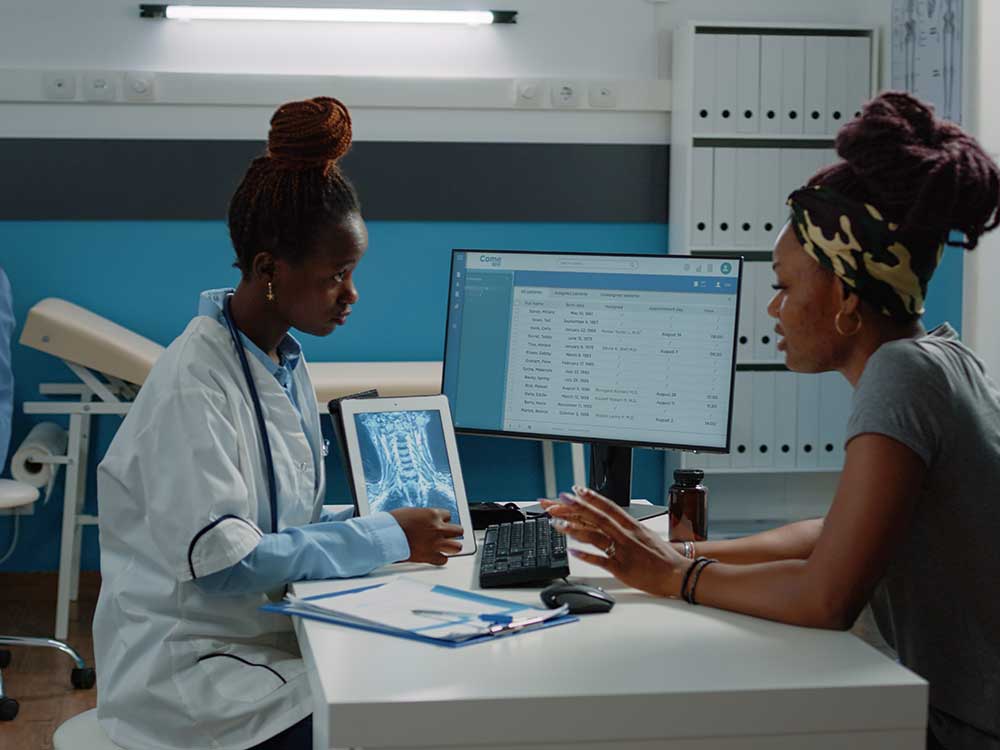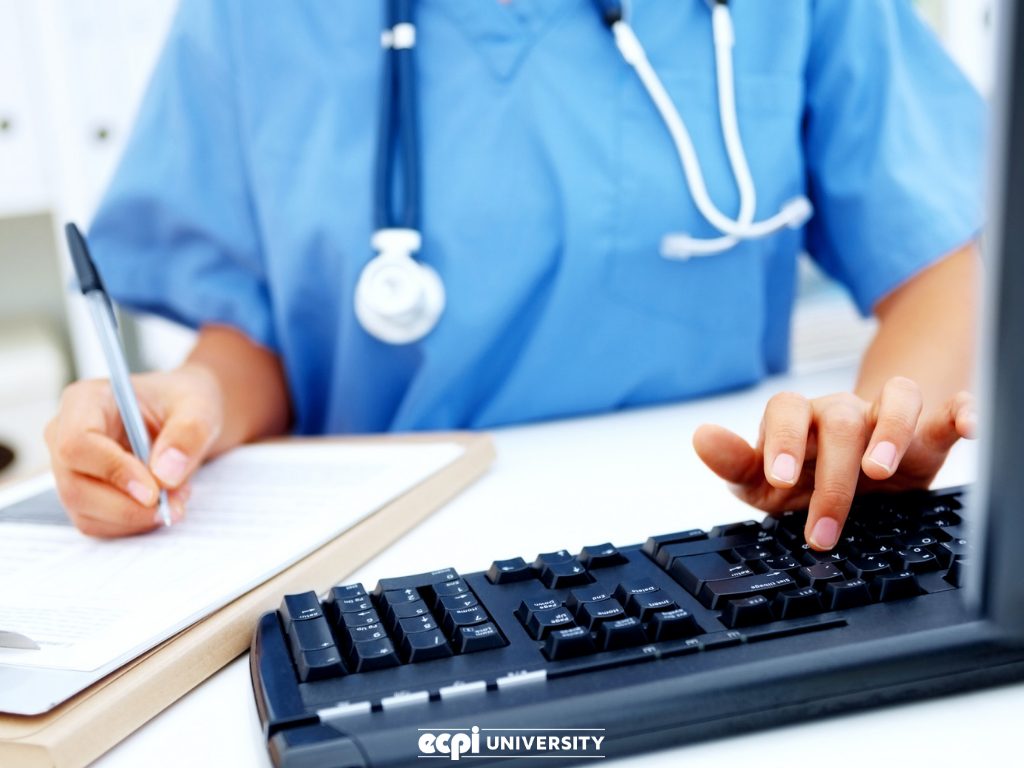Best Practices in Medical Management for Improving Effectiveness and Reducing Expenses
In the ever-evolving landscape of health care, the search of finest techniques in medical management is critical for boosting effectiveness and suppressing costs. By integrating sophisticated technologies such as electronic wellness documents and telemedicine, health care service providers can streamline operations and boost person care.
Leveraging Advanced Innovation
In today's swiftly evolving healthcare landscape, leveraging innovative technology is no much longer optional however crucial for reliable medical management. The assimilation of electronic services right into medical care systems has transformed the way facilities operate, improving processes and improving individual treatment. Electronic Wellness Records (EHRs) are crucial, giving comprehensive patient information that can be accessed immediately by licensed workers, therefore minimizing redundancy and lessening mistakes. By systematizing person details, EHRs get rid of the requirement for difficult documentation and assist in seamless communication among healthcare suppliers.
Telemedicine is an additional technical innovation that has actually reinvented client interaction. It supplies comfort for both clients and healthcare specialists by enabling remote consultations, which can minimize the need for in-person brows through and enhance consultation scheduling. In addition, telehealth platforms can expand healthcare accessibility to country or underserved areas, linking spaces in treatment shipment.
Furthermore, making use of Expert system (AI) and artificial intelligence is ending up being increasingly common in predictive analytics, permitting very early detection of prospective wellness issues and more educated decision-making. These technologies, when incorporated effectively, can enhance analysis precision and personalize individual therapy plans, ultimately causing enhanced healthcare results and operational effectiveness.
Optimizing Resource Allotment
By purposefully handling resources such as personnel, tools, and finances, medical care facilities can considerably enhance their functional efficiency, boost person results, and minimize unnecessary expenditures. The initial action in maximizing resource appropriation entails conducting a comprehensive analysis of present possessions and recognizing locations where resources may be underutilized or overextended.
Focusing on source allotment based on person demands and solution needs is vital. This involves lining up sources with high-demand locations, such as emergency situation care or specialized treatments, to guarantee prompt and efficient person care. Carrying out versatile staffing designs can also optimize labor sources by adjusting employees allotment in feedback to changing patient quantities. In addition, embracing telemedicine and other technological remedies can ease physical resource restrictions by supplying different avenues for patient-provider interactions.
Monetary resources ought to be meticulously monitored and alloted with tactical foresight to sustain both temporary operational needs and long-lasting institutional objectives. This consists of investing in training programs that boost staff competencies and embracing energy-efficient methods that minimize functional prices (medical administration). Inevitably, a maximized resource allocation technique promotes a sustainable health care setting that is responsive, efficient, and financially prudent
Streamlining Workflow Processes
When healthcare centers aim to boost functional performance, simplifying operations procedures comes to be a pivotal emphasis. Reliable operations reduce redundancy, remove unneeded actions, and boost sychronisation among health care experts. This strategy not just speeds up service delivery yet additionally improves the high quality of individual treatment.

Following, modern technology integration plays a substantial role in enhancing operations. Executing digital wellness records (EHRs) and computerized physician order access (CPOE) systems decreases documents, decreases human error, and makes sure details is available to all pertinent employees. Additionally, leveraging telemedicine platforms can enhance patient examinations and follow-ups, lowering the strain on physical infrastructure.

Inevitably, structured process result in cost reductions and improved patient satisfaction, promoting a more sustainable healthcare environment.
Enhancing Information Monitoring
Structure upon streamlined workflows, optimizing data management becomes an essential part in progressing health care administration. Reliable information administration systems are important for maintaining exact person records, improving decision-making, and making certain conformity with regulative standards. By applying durable information administration solutions, medical care facilities can boost the high quality of patient treatment while simultaneously lowering operational expenses.
One trick element of enhancing information management is the assimilation of sophisticated digital health and wellness record (EHR) systems. These systems assist in the seamless exchange of person information throughout different divisions, reducing replication of tests and decreasing errors. A properly designed EHR system supports data analytics, making it possible for doctor to identify patterns and make educated decisions concerning individual treatment.
Furthermore, securing patient information is paramount. Adopting thorough cybersecurity measures, including security and regular audits, guarantees the honesty and confidentiality of sensitive info. This not only secures people but likewise maintains the institution's credibility.
Buying team training is another crucial variable. Enlightening healthcare experts on data administration techniques boosts their capacity to efficiently use modern technology, leading to improved client results. Finally, improving information administration with sophisticated modern technology and comprehensive training is essential for accomplishing performance and price decrease in clinical management.
Fostering Collaborative Communication
An essential element in progressing medical administration is fostering collaborative communication amongst medical care specialists. Efficient communication is critical for making sure smooth client care, optimizing therapy end results, and lessening errors. By encouraging open dialogue and more information sychronisation across multidisciplinary groups, medical care organizations can enhance their functional performance and minimize unnecessary costs.
Central to this strategy is the integration of communication innovations visit homepage such as electronic wellness records (EHRs) and protected messaging systems, which assist in the rapid exchange of crucial person info. These tools make it possible for health care suppliers to access and share information in genuine time, guaranteeing that all employee are notified and aligned in their decision-making procedures. Normal team conferences and interdisciplinary rounds can even more advertise a culture of partnership and accountability.
Educating programs focused on improving interaction abilities are likewise essential. Ultimately, fostering collective interaction leads to enhanced health care shipment and expense savings.

Conclusion
Incorporating sophisticated technology, such as digital wellness records and telemedicine, along with enhanced source allocation and structured operations processes, is vital for enhancing efficiency in medical management. Reliable data monitoring and fostering joint interaction among healthcare groups are important for reducing redundancies and enhancing treatment quality. By focusing on preventive care and involving in top quality renovation efforts, medical care organizations can accomplish substantial price financial savings and boosted patient outcomes, therefore making sure sustainable health care shipment in an increasingly complex environment.
Comments on “The Significance of Medical Administration in Healthcare Monitoring”